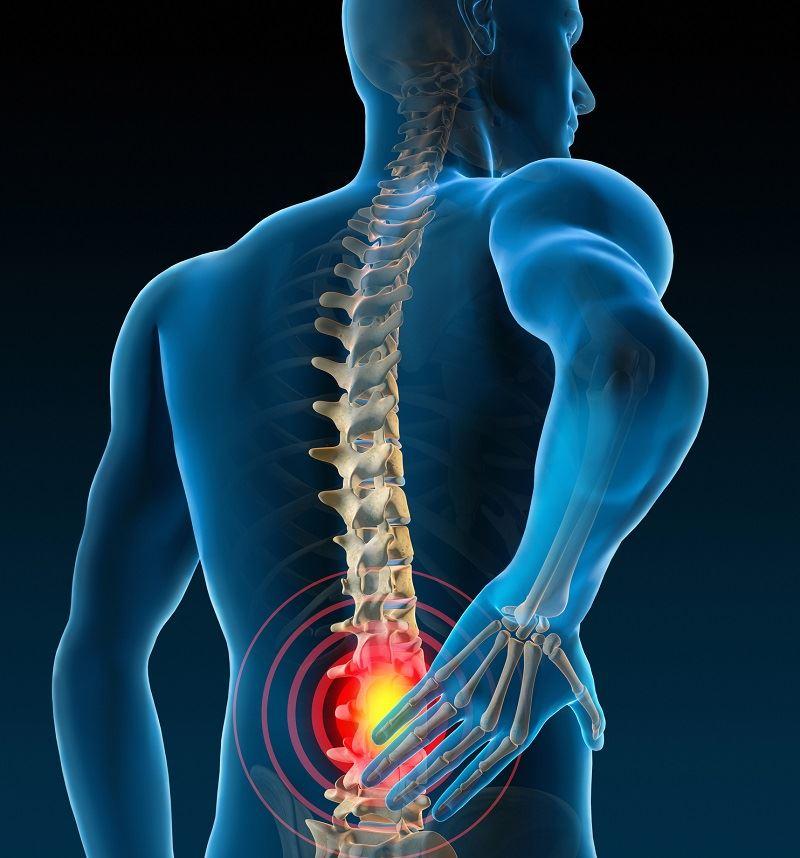What are the early signs of a brain stroke?
“`html
Understanding Brain Stroke: Symptoms, Causes, and Recovery
Brain strokes, also known simply as strokes, are serious medical emergencies that can lead to significant long-term disability or even death. Understanding the symptoms, causes, and recovery strategies is crucial for prevention and prompt treatment. In this article, we’ll explore the different types of strokes, their risk factors, how to recognize the signs, and ways to support recovery.
What is a Brain Stroke?
A brain stroke occurs when blood flow to a part of the brain is interrupted or reduced, preventing brain tissue from getting oxygen and nutrients. This can lead to the death of brain cells and can have devastating effects on a person’s abilities, including speech, mobility, and cognition.
Types of Brain Strokes
There are three main types of brain strokes:
- Ischemic Stroke: This is the most common type, accounting for about 87% of strokes. It occurs when a blood vessel supplying blood to the brain is obstructed.
- Hemorrhagic Stroke: This type occurs when a blood vessel in the brain bursts, leading to bleeding in or around the brain.
- Transient Ischemic Attack (TIA): Often called a “mini-stroke,” a TIA is a temporary period of symptoms similar to those of a stroke. It’s crucial to treat TIAs seriously as they can precede full-blown strokes.
Symptoms of Brain Stroke
Recognizing the symptoms of a stroke is essential for a favorable outcome. Use the acronym FAST to help remember the signs:
- F: Face Drooping – Does one side of the face droop? Ask the person to smile.
- A: Arm Weakness – Is one arm weak or numb? Ask them to raise both arms.
- S: Speech Difficulty – Is their speech slurred or strange? Ask them to repeat a simple sentence.
- T: Time to Call Emergency Services – If you observe any of these signs, call for help immediately.
Causes and Risk Factors of Brain Stroke
Understanding the causes and risk factors for stroke can help in prevention. Some common causes include:
- High Blood Pressure: The leading cause of strokes.
- Heart Disease: Conditions like atrial fibrillation can increase stroke risk.
- High Cholesterol: Contributes to the buildup of plaques in the arteries.
- Diabetes: Increases the risk of high blood pressure and heart disease.
- Obesity: Excess weight can lead to diabetes and high blood pressure.
- Tobacco Use: Smoking can thicken blood and increase plaque buildup.
- Excessive Alcohol Consumption: Can raise blood pressure and lead to other health problems.
Preventing Brain Strokes
Prevention is always better than cure. Here are some practical tips to lower your risk of stroke:
1. Maintain a Healthy Diet
- Incorporate plenty of fruits, vegetables, whole grains, and lean proteins.
- Limit salt, sugar, and saturated fats.
2. Regular Physical Activity
- Aim for at least 150 minutes of moderate-intensity exercise each week.
- Include activities like walking, swimming, or cycling.
3. Monitor Blood Pressure and Cholesterol
- Get regular check-ups and follow your doctor’s advice for managing these levels.
4. Avoid Smoking and Limit Alcohol Intake
- Seek help to quit smoking and keep alcohol consumption within recommended limits.
Treatment for Brain Stroke
Immediate treatment is critical for a stroke. Here’s how strokes are generally managed:
1. Emergency Response
Time is of the essence. Emergency medical services will assess the patient and may provide:
- Medications to dissolve blood clots (for ischemic stroke).
- Surgical options to repair blood vessels (for hemorrhagic stroke).
2. Rehabilitation
After the initial treatment, rehabilitation plays an important role in recovery:
- Physical therapy to regain mobility.
- Speech therapy to address communication challenges.
- Occupational therapy to assist in daily activities.
Case Studies: Real-Life Recovery Stories
Inspirational recovery stories can provide hope and practical insights into overcoming the challenges post-stroke:
| Name | Age | Type of Stroke | Recovery Highlights |
|---|---|---|---|
| John Doe | 72 | Ischemic | Regained full mobility through intensive therapy. |
| Jane Smith | 65 | Hemorrhagic | Improved speech through consistent practice. |
| Mark Johnson | 55 | TIA | Adopted a healthier lifestyle to prevent future strokes. |
First-Hand Experience: A Survivor’s Journey
Many stroke survivors share their journeys to inspire others. A common theme in these stories is resilience:
“I never thought I would be able to walk again after my stroke. But with determination and support from my family and therapists, I’ve regained my strength and found a new purpose in life.” – Sarah, stroke survivor
Conclusion
Brain strokes can have profound effects on individuals and their families, but understanding the symptoms, causes, and recovery processes can make a significant difference in outcomes. By prioritizing prevention and seeking immediate medical attention when needed, we can reduce the impact of strokes on our lives. Always consult with healthcare professionals for personalized advice and treatment options.
Stay informed, stay healthy, and take proactive steps to minimize your risk of a brain stroke.
“`
